20 Best Things to Do on the East Coast of Ireland, From North to South
From the Wee County to the “garden of Ireland”, all the way down to the sunny southeast, the East coast of the Republic of Ireland will delight many visitors with its rich history and diverse landscapes.
I have spent many years travelling around this part of the country, visiting castles and botanic gardens, exploring towns and villages, tasting whiskey and enjoying unspoiled beaches. Still, I haven’t seen it all.
There are so many things to do on the East coast of Ireland that it is sometimes difficult to know where to start. To help you make up your mind, I put together this list of my favourite things to do and see along the East coast. Hopefully it can be useful to you if you are planning a few days in and around Dublin or even a road trip to this corner of the Republic.

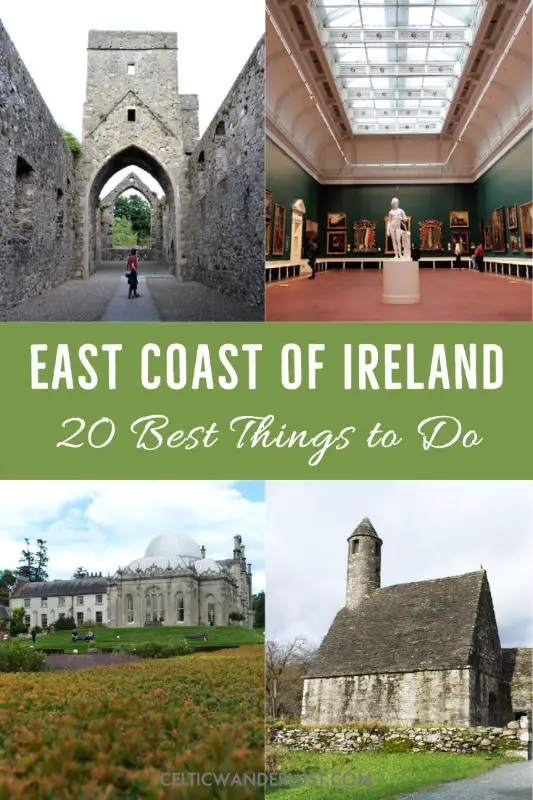
20 Best Things to Do on the East Coast of Ireland | Map
Spend a Relaxing Weekend in Medieval Carlingford
Just a few kilometres from the border with Northern Ireland, on the most northerly tip of county Louth, sits one of the prettiest heritage towns of the East coast of Ireland: Carlingford. Once an Anglo-Norman stronghold, the town has retained a medieval feel, with ancient buildings hiding along its narrow lanes.
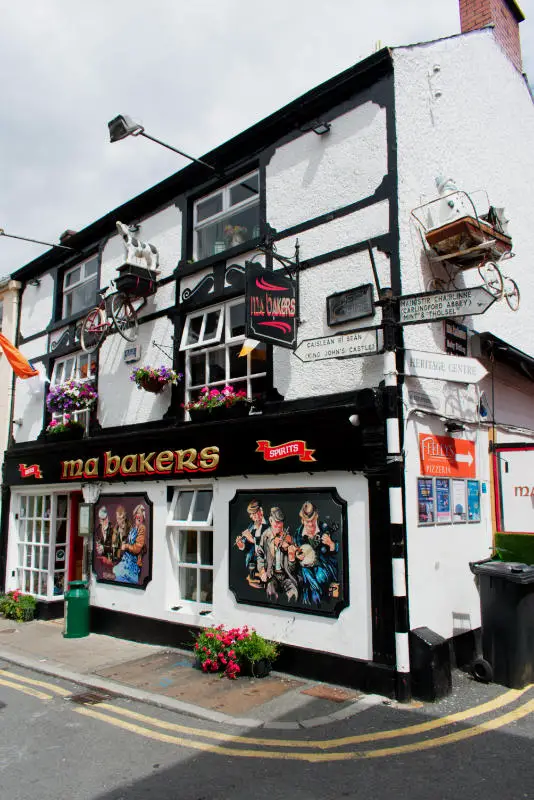
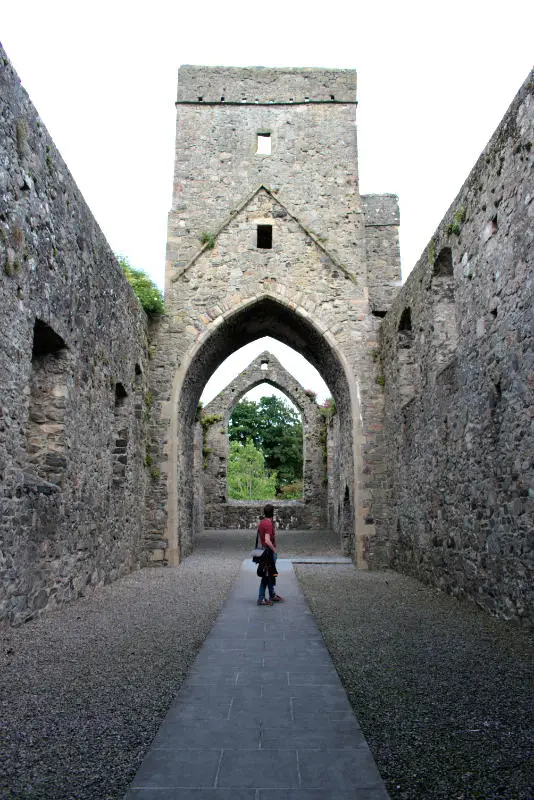
Enjoying a guided tour of its ruined, but still impressive, 12th century castle overlooking the sea from a rocky outcrop is just one of the many things to do in Carlingford. Ideally located on the shore of Carlingford Lough and at the foot of Slieve Foye mountain, the town is a heaven for outdoor enthusiasts and rewards its visitors with breathtaking views.
With plenty of restaurants and pubs to choose from, Carlingford is the perfect weekend destination to enjoy some good time in the truest Irish fashion. Easily accessible by public transport from Dublin, this hidden gem on the East coast of Ireland will delight fans of heritage sites and nature lovers.
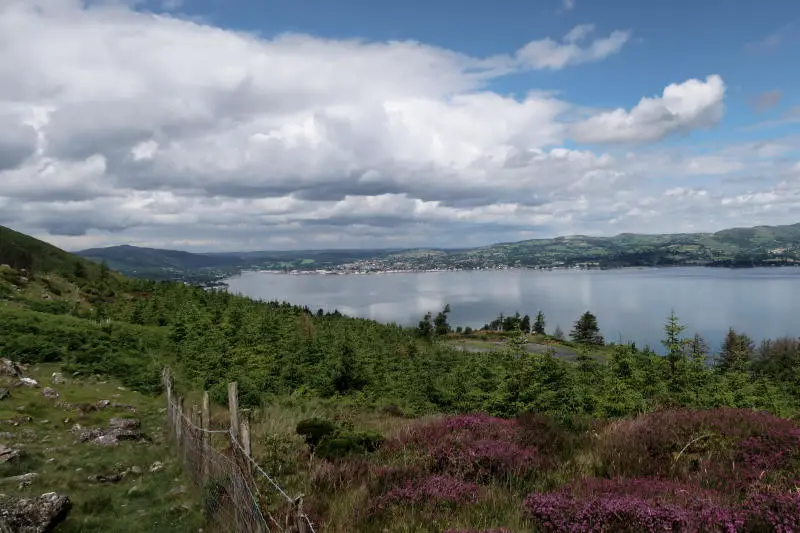
Dive into Neolithic Ireland at Brú na Bóinne
Only 10 kilometres West of Drogheda, Brú na Bóinne is the most confounding heritage site hiding in the historic Boyne Valley. Bru na Boinne is in fact the Irish name given to a group of several passage tombs discovered in the area, Newgrange being the most famous of them.
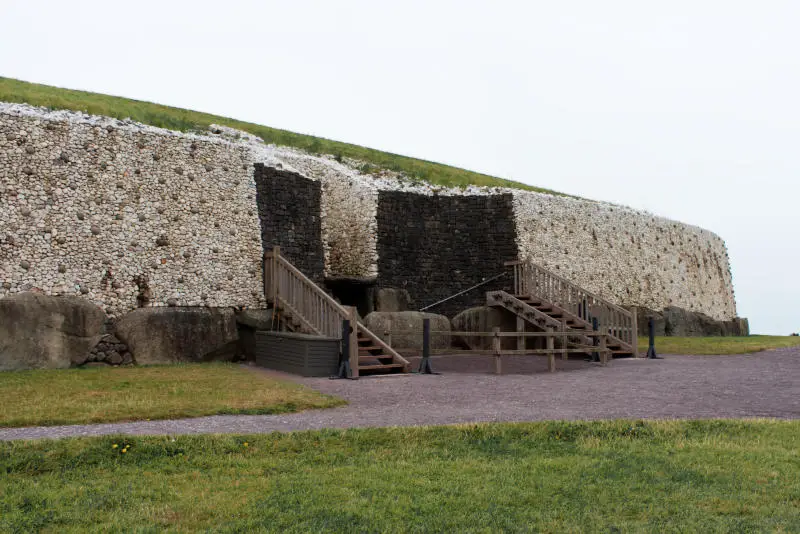
Going back more than 5,000 years, older than the pyramids of Giza, the tombs are giant structures covered in mysterious Neolithic art. The guided tour of the tomb known as Knowth is a feast for the eyes, with hundreds of Celtic symbols carved into enormous kerb stones placed all around the tomb.
While you cannot enter Knowth for safety reasons, Newgrange is accessible to visitors. You will have to squeeze your way through a narrow tunnel up to a small chamber at the centre of the structure. Amongst other interesting, although slightly worrying, facts, the group will then listen to their guide announcing that 200,000 tons of stones and soil sit above their heads.
If you don’t have a car to visit Brú na Bóinne, check out this popular day trip to visit Newgrange from Dublin hassle-free:
Take a Tour of an 800-Year-Old Castle in Malahide
Undoubtedly one of the best places to visit near Dublin without a car, Malahide Castle is one of Ireland’s best preserved medieval castles. Reachable in 30 minutes by public transport from the capital, this stunning heritage site makes for an easy afternoon excursion from Dublin.
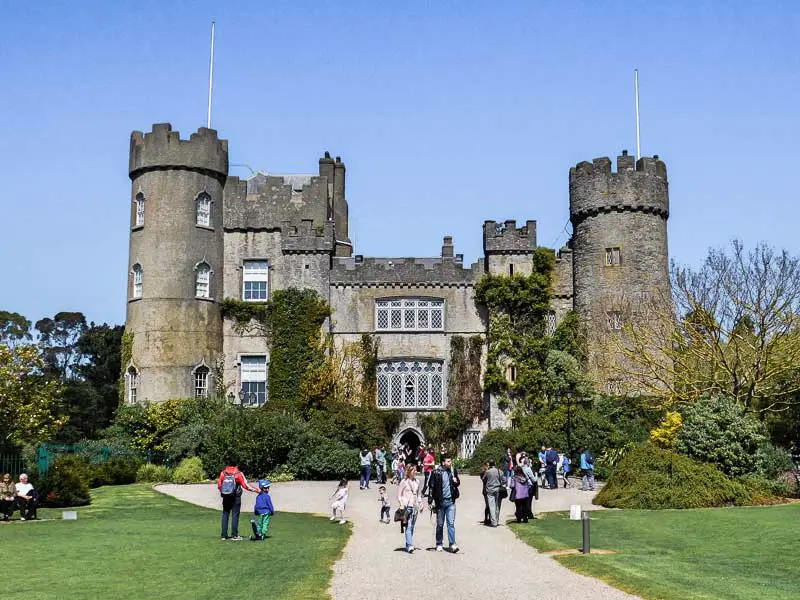
Landing on the island during the 12th century Anglo-Norman invasion, the Talbot family settled in Malahide where they built their castle. The property evolved and adapted as the centuries went by, but it remained in the hands of the Talbot for 800 years, an incredible achievement.
The guided tour leads visitors to several reception rooms dating from different centuries, private bedrooms with four-poster beds, and the stunning great hall whose walls are covered with intimidating family portraits. The visit includes access to the beautiful walled gardens that you can explore at your own pace.
You might also be interested in:
– The Best Ireland Travel Guidebooks to Plan Your Irish Adventure
– Things to Do in Ireland on a Budget | 11 Affordable Experiences
Enjoy the View and Irish Seafood in Howth, a Picturesque Fishing Village
Only a 30-minute train ride from the Irish capital, Howth is one of the most picturesque coastal towns around Dublin. The picturesque fishing village is a popular destination, offering a welcome escape from the hectic life in the city, definitely one of the best things to do on the East coast of Ireland.
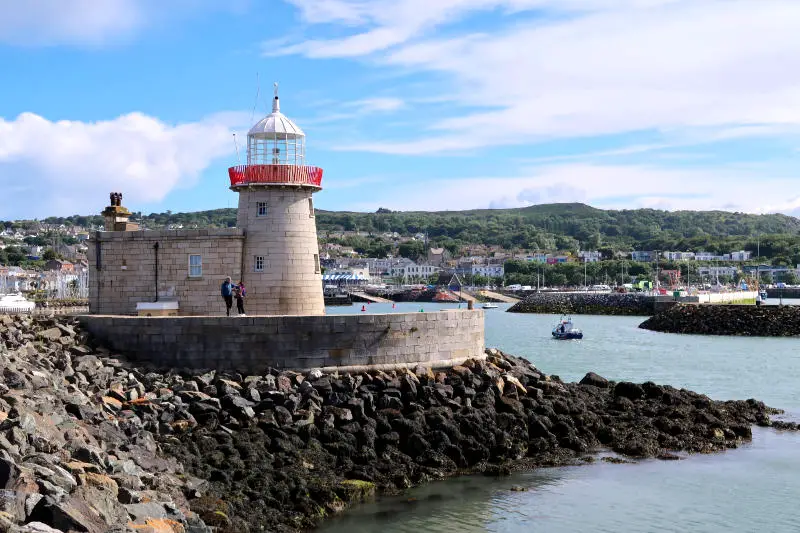
Howth is well-known for its quality sea-food restaurants that overlook the little harbour and its large pier advancing into the sea, a walkers’ favourite. At its far end, a well-looked after, 19th century lighthouse offers panoramic views over the sea and a wildlife sanctuary in the distance.
If you are feeling more adventurous, the Howth Cliff walk that takes hikers around the Howth peninsula holds the promise for more stunning views over the Irish Sea. Halfway through the walk, you will be amazed by the Baily Lighthouse dominating the horizon from its rocky outcrop.
See Inside Trinity College’s Long Room, Ireland’s Most Beautiful Library
Without question, the 18th century Trinity College Old Library is one of the top things to do in Dublin, no matter how long you intend to spend in the city. It is also one of the most popular attractions, therefore booking in advance is highly recommended.

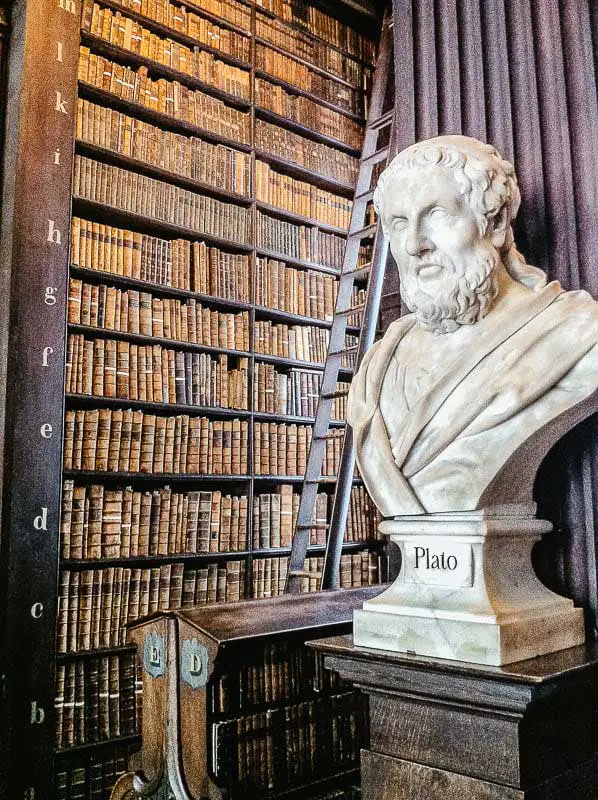
The self-guided tour starts on the ground floor of the library with a fantastic exhibition dedicated to the Book of Kells, a richly illuminated manuscript from the 9th century. Probably Ireland’s most precious treasure, the book is breathtakingly beautiful, skilfully decorated with colourful illuminations and Celtic patterns.
On the first floor of the building, you enter the Long Room, a spectacular 65-metre long gallery under a mind-blowing high, barrel-vaulting ceiling. On the library’s endless wooden shelves, 200,000 of its oldest books are on show. As you make your way down the gallery, 14 marble busts of some of the world’s most illustrious minds stare at you, among them, Socrates, Plato, Shakespeare and Newton. Not to be missed!
Learn About Dublin’s Most Famous Beer at the Guinness Storehouse
Purchasing a 9,000-year long lease on a small brewery in Dublin in 1759, Arthur Guinness would forever tie his dark beer to Dublin. 250 years on, the stories of Guinness and Dublin are now closely intertwined, so much that visiting the Guinness Storehouse has become a must-do for everyone setting foot in Dublin for the very first time.
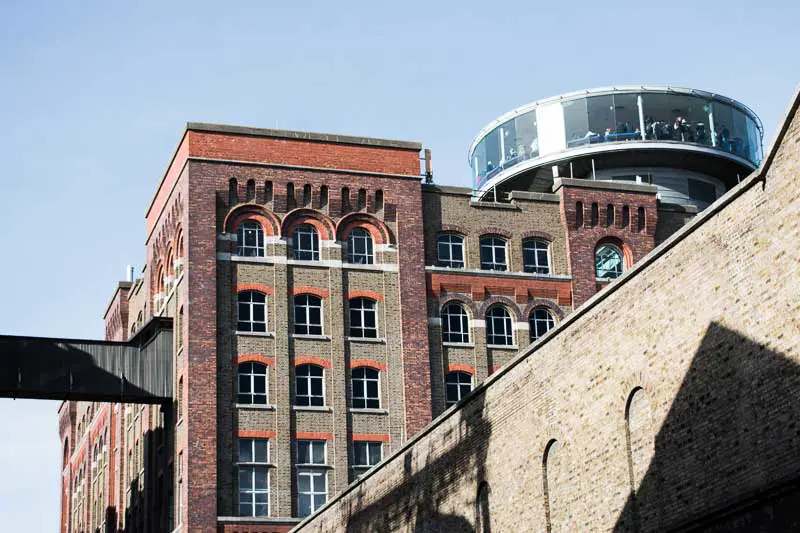
The industrial site in the heart of Dublin’s Liberties would employ more than 5,000 people at its height in the 1950s. One of its huge buildings made of steel and bricks has now been transformed into a world-class attraction visited by the thousands every year.
From the ingredients to the beer making process, from the skilled coopers making perfectly tight wooden barrels to the genius marketing campaigns that turned the brand into a worldwide phenomenon, a visit to the Guinness Storehouse is as entertaining as it is educational. Plus, you get to admire the view over Dublin from its Gravity Bar sitting at the very top of the building, all while sipping on a freshly poured Guinness.
Click here to book your ticket for the Guinness Storehouse.
Learn About Irish Whiskey at One of Dublin’s Newest Distilleries
In the last decades or so, an Irish whiskey revival has been sweeping across the country, with Dublin at its forefront. Since the Teeling Distillery made the bold choice to return to the Irish capital in 2015, the first distillery to open in the city in 125 years, three more followed suit: Roe & Co, the Pearse Lyons Distillery, and the Dublin Liberties Distillery.
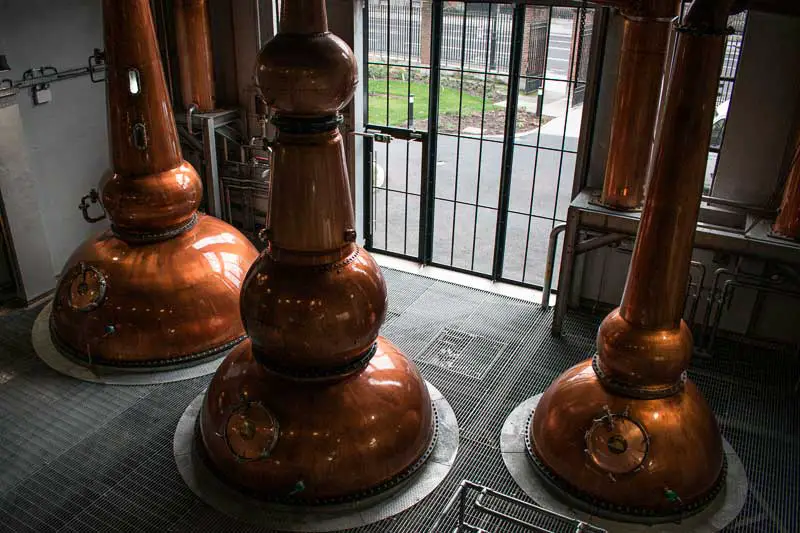
Distilleries in Dublin are all located in the same neighbourhood. Known as the Liberties, this part of town was home to the best distilleries when Irish whiskey dominated the world in the 19th century. Returning to the Liberties, Dublin’s newest distilleries have settled in unconventional places like an old church or a former power plant.
They all provide passionate and interactive guided tours of their Dublin distillery, showing how Irish whiskey is made, from the ingredients to the final product. Tours often end up with a throat-burning whiskey tasting session and even some cocktail making tips! Whichever distillery you choose to visit, they are all worth it.
Book your distillery tour ahead to avoid disappointment:
Stroll Around Temple Bar’s Cobbled Streets, Dublin’s Lively Cultural Quarter
Once a dangerous and run-down neighbourhood, Temple Bar has turned its reputation around and become the most visited corner of Dublin. Taking a stroll down its cobbled streets and taking pictures of its colourful pubs is an absolute must-do if you visit Dublin.
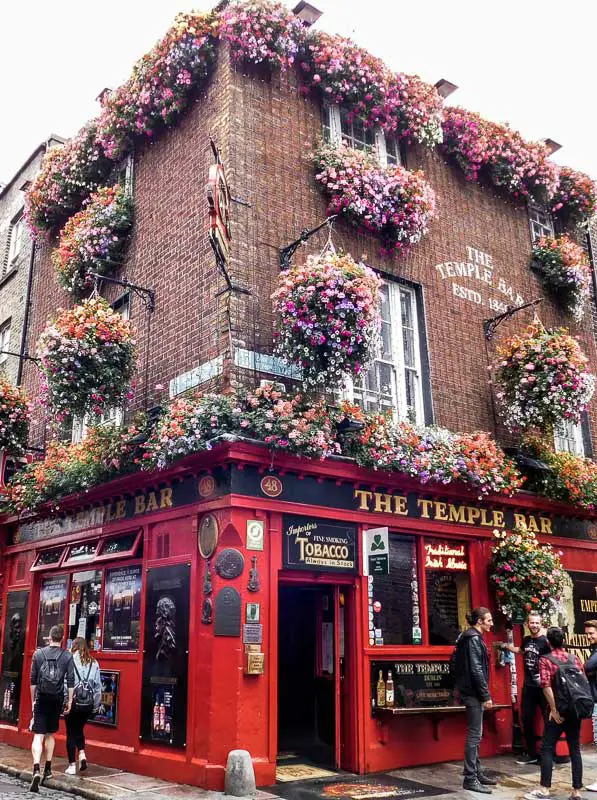
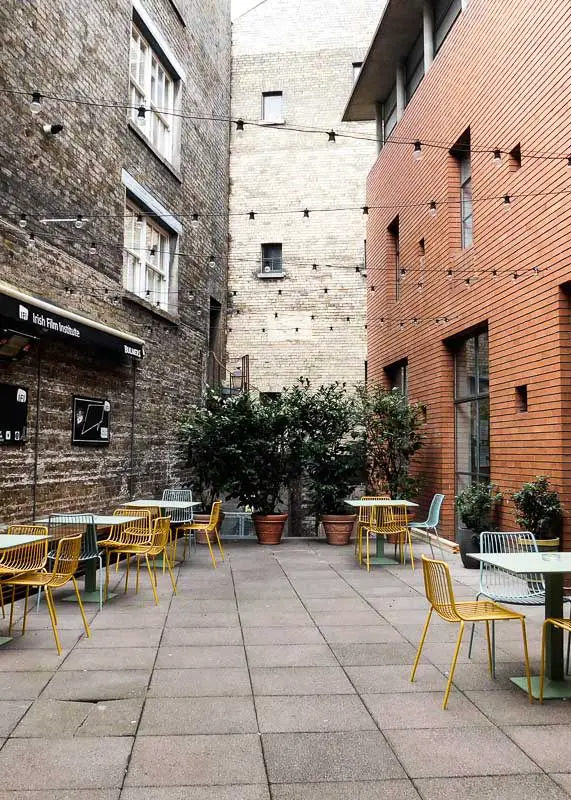
If you ask any locals though, they will warn you against Temple Bar’s overpriced drinking holes selling a rather “manufactured” Irish experience targeting tourists in search of some good time. Although I would agree with them on the pub side of things, those who see the area as just a tourist trap ignore all the other interesting things Temple Bar has to offer.
Temple Bar is actually full of affordable cafés and restaurants, vintage clothing stores and some of the best craft shops in Dublin to browse. Temple Bar has also become Dublin’s cultural quarter. Down its alleys and little squares, you will find music venues, theatres, art centres, art galleries, bookshops and a very popular independent cinema known as the Irish Film Institute.

Take Advantage of Dublin’s Free Museums
People visiting Ireland on a budget, and frankly everyone else, will be happy to know that some of the Dublin’s best museums are free to explore. Don’t miss out on this opportunity to learn about Irish history and admire some great art without spending a penny.
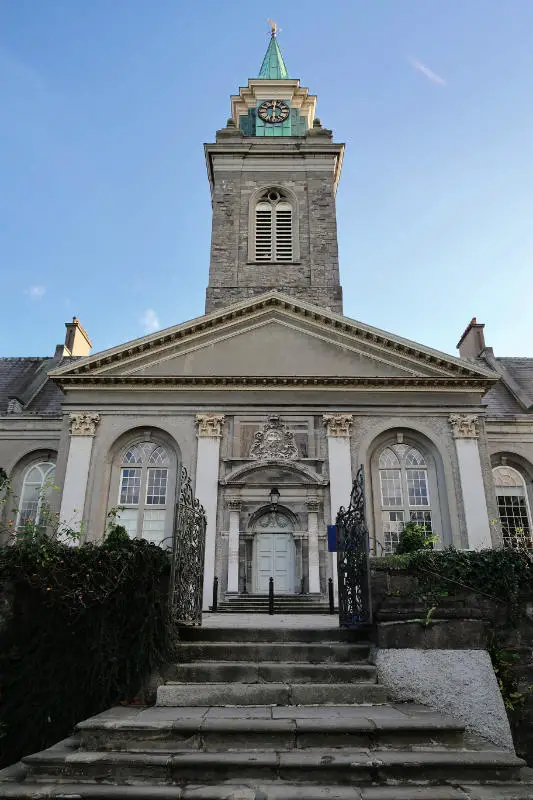
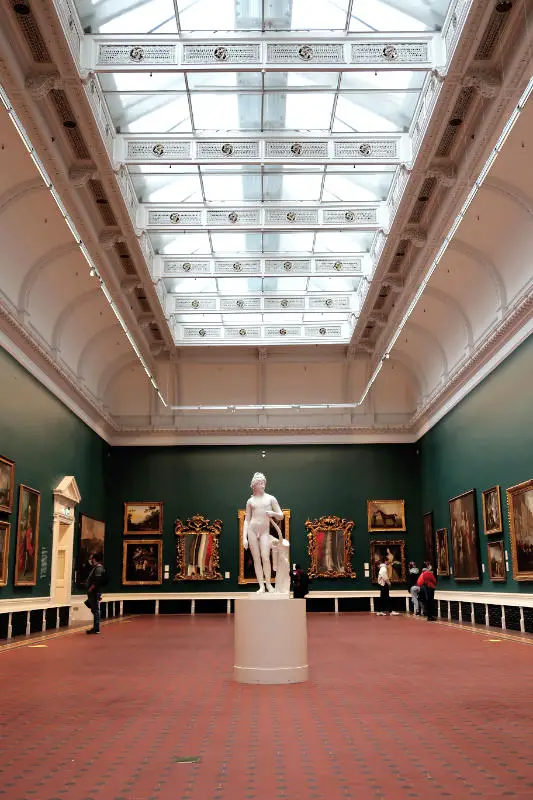
If, like me, you love historical artefacts, you will certainly enjoy the museum of archaeology. This free museum holds an interesting collection of early Christian pieces worth discovering. The Chester Beatty Library, also free, is world-renowned for its collection of rare manuscripts, including richly-illuminated bibles.
The National Gallery of Ireland is certainly one of the best arts museums in Dublin. With an extensive collection of European art going all the way back to the 14th century, this museum is one of the leading museums in the city. Also a free art museum, The Hugh Lane Gallery could be described as one of the best hidden gems in Dublin. The museum specialises in Modern and Contemporary arts with French Impressionists like Degas and Renoir on display.
Enjoy a Pint at One of Dublin’s Many Pubs
The city’s many pubs and lively atmosphere are no doubt one of the reasons why Dublin is so popular with visitors. Pubs are intrinsically linked to Irish culture, a place to socialise, share the latest news, watch the latest game and celebrate about anything around a pint (or more) of beer. It would definitely be a pity to miss out on this classic Irish experience.
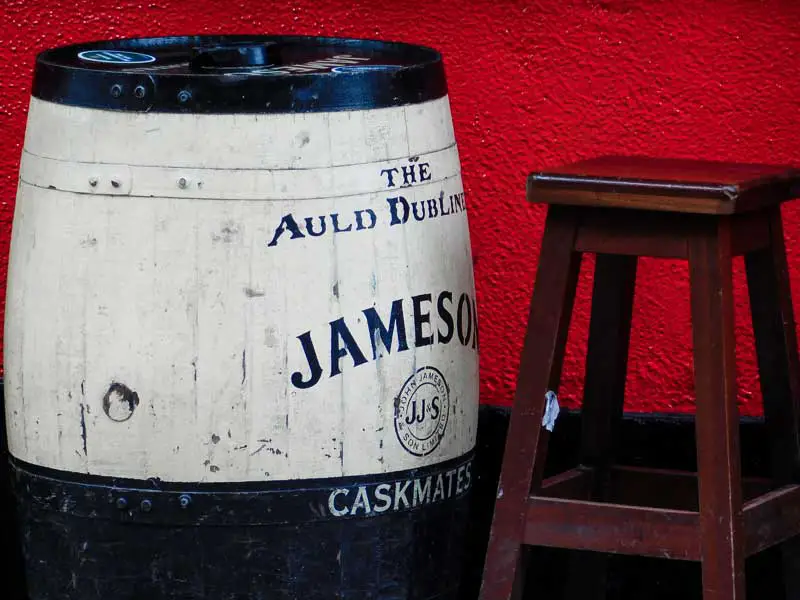
Pubs are everywhere in Dublin. You won’t find a neighbourhood without a pub where locals can hang out. As mentioned earlier, the Temple Bar area is popular with tourists eager to drink a pint at ‘The Temple Bar Pub’, the most famous pub of all.
If you don’t want to be surrounded only by tourists though, you only need to cross a few streets from Temple Bar. From George Street to Merrion Square, a more genuine (and affordable) experience is on offer. Further south, Camden Street is Dublin’s number one entertainment district with an array of pubs to choose from where you can apply your best Irish pub etiquette and mingle with locals and expats.
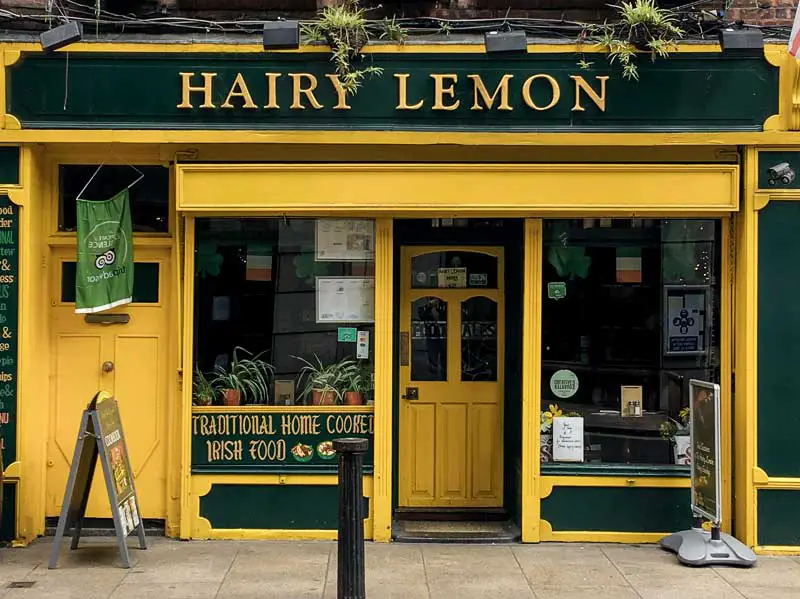
Hear About the 1916 Easter Rising at Dublin’s Infamous Kilmainham Gaol
The 1916 Easter Rising will be forever remembered as a catalyst for Irish Independence. The failed rebellion that rocked Dublin city centre and burned the General Post Office to the ground didn’t have the support of the population. But the harsh treatment given by the British authorities to the leaders of the Rebellion shocked the public opinion.
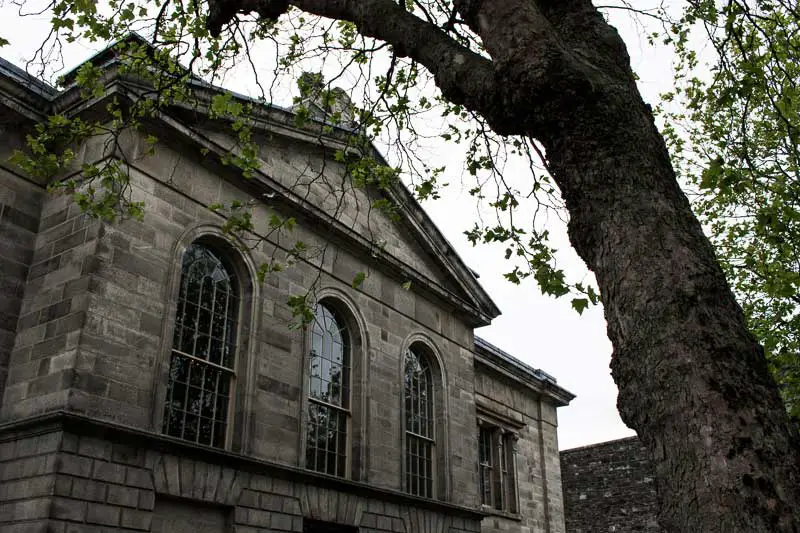
After their arrest, fourteen men were incarcerated in Kilmainham Goal, a cold and damp prison dating from the end of the 18th century. They would be sentenced to death by firing squad in May 1916 in the prison’s courtyard. James Connolly, wounded during the Rising, would have to be tied to a chair for his execution.
The guided tour of the old prison, decommissioned in 1924, recounts their final days and hours. You will see the dark cells they were kept in and hear emotional stories about their last goodbyes to their families. The tour ends in silence, in the courtyard where the men died. You will find other museums in Dublin about the Easter Rising worth visiting, but none are as impactful as Kilmainham Gaol.
Take a Walk Across the Sea to Poolbeg Lighthouse
Built in the 18th century, remodelled in the 19th century, Poolbeg Lighthouse stands at the very end of a long sea wall stretching into Dublin Bay. Painted all red, the little cylindrical tower stands out against the backdrop of the dark ocean.
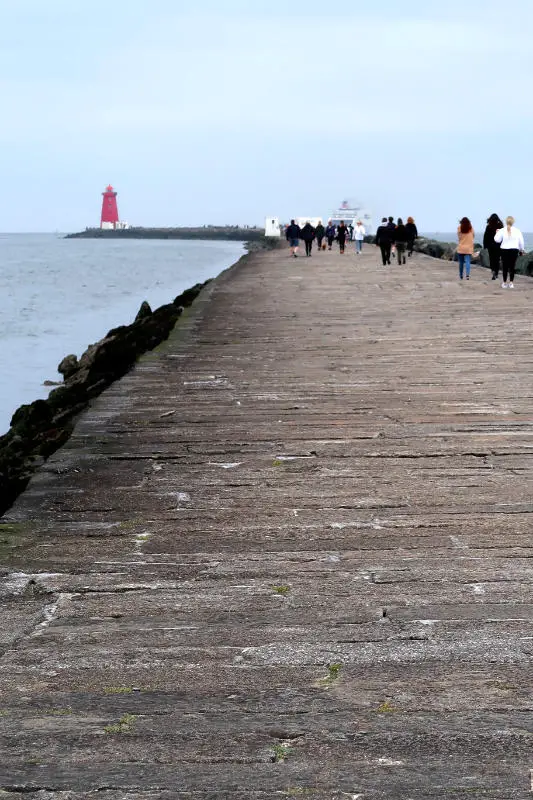
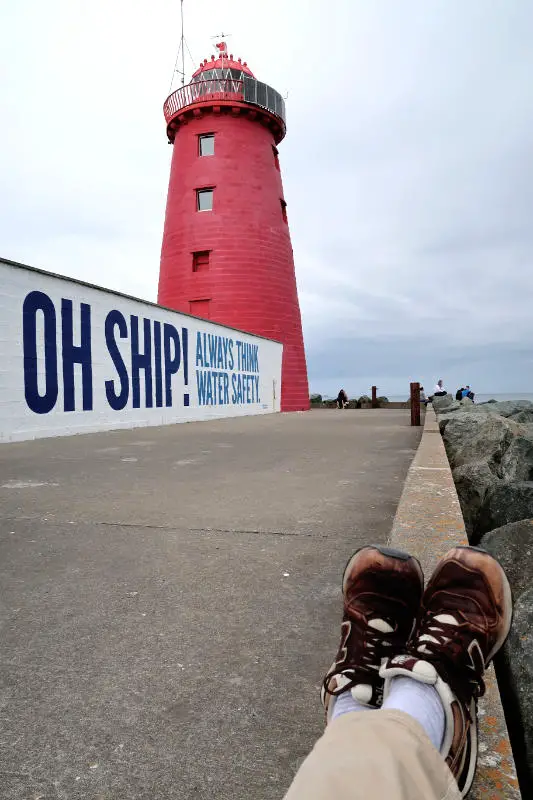
Comfortable shoes are a must to face the 6-km long Great South Wall that advanced more than 4 km into the sea from the port of Dublin. One of Europe’s longest sea walls, its uneven surface can be treacherous. With nowhere to hide from the elements, make sure to wear adequate clothing as well.
To walk to one of the prettiest lighthouses in Dublin is exhilarating and rewarding. The path to Poolbeg Lighthouse is like a carpet unrolling in front of you above the water. At its end, uninterrupted views over Dublin Bay and the coastline await.
Enjoy Stunning Sea Views as You Walk From Bray to Greystones
South of Dublin, the tranquil coastal town of Bray offers a respite from the hectic urban life. Quickly accessible from the Irish capital thanks to the DART, Bray is an easy day trip from Dublin by train.
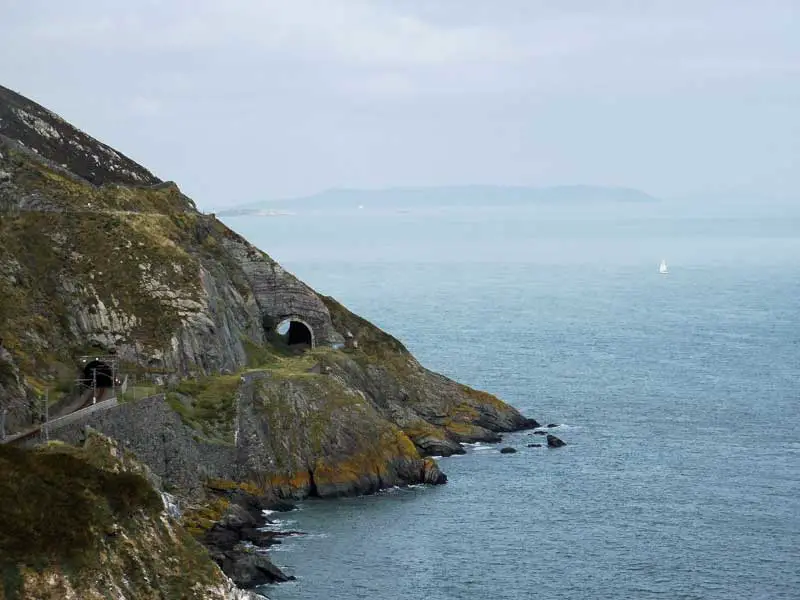
As you walk along the promenade overlooking Bray’s pebble beach, you will soon arrive at the foot of Bray Head. The rocky headland located between Bray and Greystones, another popular coastal town where city dwellers like to escape to for the day, offers breathtaking views over the sea.
To reach Bray from Greystones and enjoy amazing views along the way, you only have to follow an 8-km long path along the coastline. Although called a “cliff walk”, the trail is secure and quite easy to complete. You’ll be in Greystones in under 2 hours. There, you can reward yourself with some food at one of the many cafés and restaurants lining its busy main street.
Discover Ireland’s Most Exquisite Gardens at Powerscourt
In county Wicklow, but still accessible by Dublin public transport, lie the magnificent Powerscourt Gardens. Once voted one of the most beautiful gardens in the world by National Geographic, the Powerscourt Estate is a feast for the eyes.
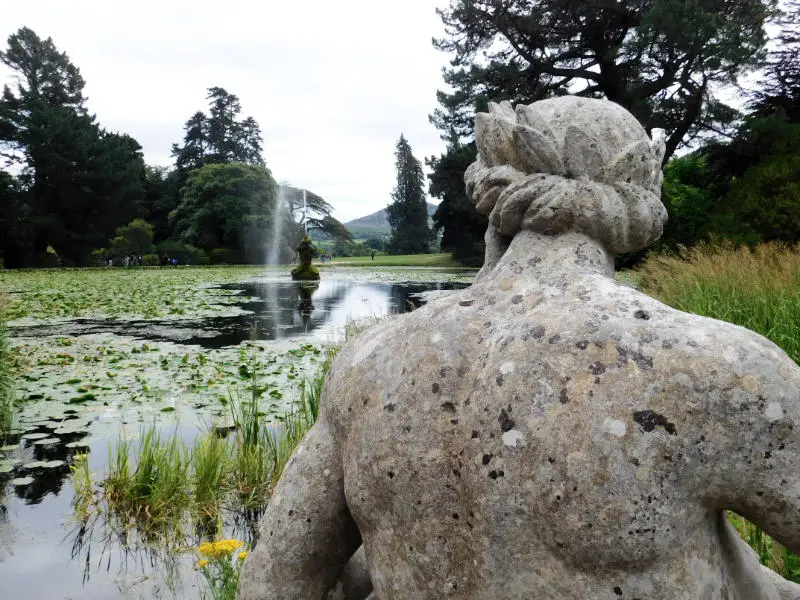
Sprawling at the back of an 18th century Palladian mansion, 47 acres of land have been turned into a Japanese garden, Italian-inspired terraces, ornamental lakes, a walled garden and more by the 1st Viscount Powerscourt and his descendants.
The results are quite spectacular, as you can’t stop being amazed by the grandeur of the gardens and the diverse species brought from every corner of the world to one single place. The most stunning garden to visit in Wicklow, Powerscourt Gardens are not to be missed!
Visit an Elegant 17th Century Manor House at Killruddery
Located near Bray, Killruddery House is Wicklow’s true hidden gem, an incredible place worth adding to your list of things to do on the East coast of Ireland. Dating back to the 17th century and rebuilt in Tudor Revival style in the early 19th century, Killruddery is an elegant aristocratic house surrounded by splendid gardens, no doubt one of the best historical places to visit in Wicklow.
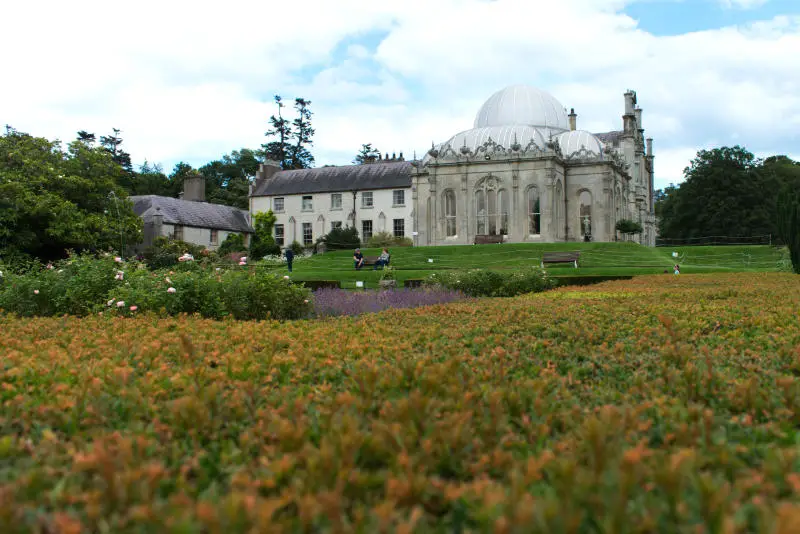
The ancestral seat of the Brabazon family, who can trace their ancestry back to an 11th century Belgian mercenary, acolyte of Willian the Conqueror, Killruddery House is still today the Brabazons’ family home. The beautifully decorated ground floor is open to guided tours, leading visitors through the oldest part of the house and the stunning glass dome of the Orangery.
Outside, the Victorian walled garden has been turned into a working organic farm while the formal 17th century gardens, designed by a disciple of French royal gardener Le Nôtre, have been preserved. The extensive gardens with its parterres, and tall edges and hidden ponds are a delight to explore.
Discover an Ancient Monastic Settlement in Glendalough’s Scenic Location
In the heart of the Wicklow mountains, Glendalough is one of the most popular attractions in the east of Ireland. And it is not difficult to understand why. The monastic settlement, founded by St. Kevin in the 6th century at the bottom of a lush valley with two lakes, captures everyone’s imagination.
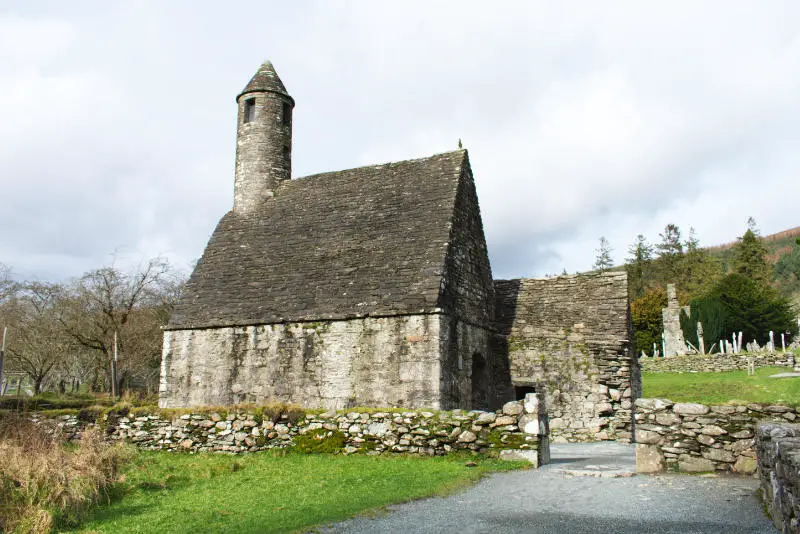
An influential centre of power attracting countless monks and pilgrims, the settlement had up to 5 churches whose remains can be found today near a well-preserved round tower. As you walk around the ruins, you have to imagine the monks’ individual huts spreading all around the churches, as it was the norm for early Irish monasteries.
Hill walkers have now replaced the pilgrims heading to Glendalough. Several walking trails of different difficulty levels have been created all around the valley and its lakes, so you can enjoy some of Ireland’s most iconic scenery. If you decide to spend the night, Glendalough is one of the best places to stay in Wicklow.
Day trips from Dublin to Wicklow, including a visit to Glendalough, are on offer here:
Stop by Kilmacurragh Arboretum, Wicklow’s Secret Botanic Garden
The Kilmacurragh Arboretum is maybe the East coast of Ireland’s best kept secret. Located in county Wicklow, this little known garden is home to species from the four corners of the world and the largest collection of Himalayan rhododendrons in Europe.
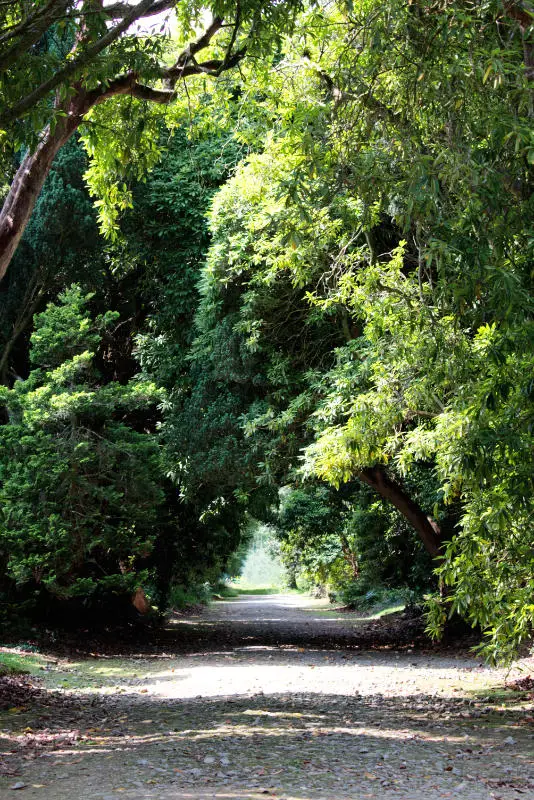
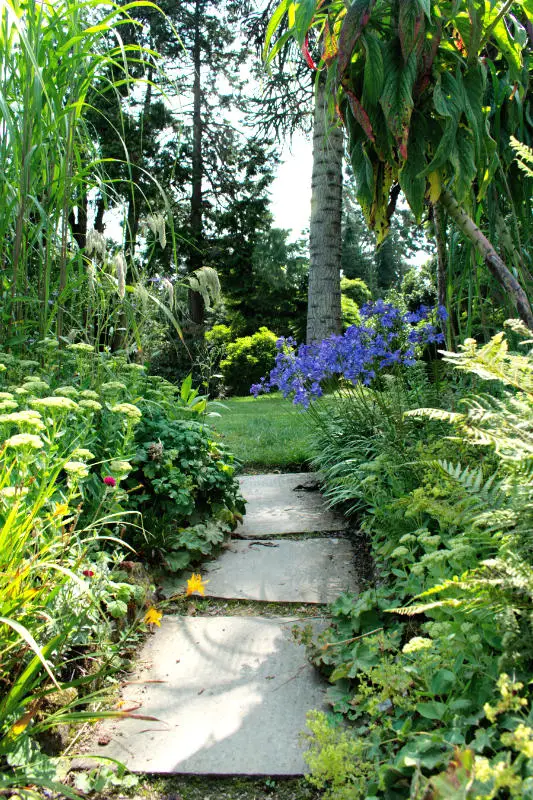
Its origins go back to the 17th century, when the Acton family received the land from Cromwell. The arboretum flourished in the 19th century, under the care of siblings Thomas and Janet Acton, botanical pioneers who travelled the world to collect rare plants for their garden.
Now run by the Glasnevin Botanic Gardens and open to the public, Kilmacurragh Arboretum should always be on your east of Ireland road trip itinerary if you are planning to drive around this part of the country. The secluded and peaceful garden is the ideal place to rest and enjoy the beauty of nature.
Dig Your Feet in the Sand of Brittas Bay Beach and Enjoy an Invigorating Swim
One of the best things I have ever done while on a road trip along the East coast of Ireland is to stop by Brittas Bay Beach. Hidden behind unspoiled sand dunes in the south of county Wicklow, the long and pristine beach is one of the most beautiful on this side of the country.
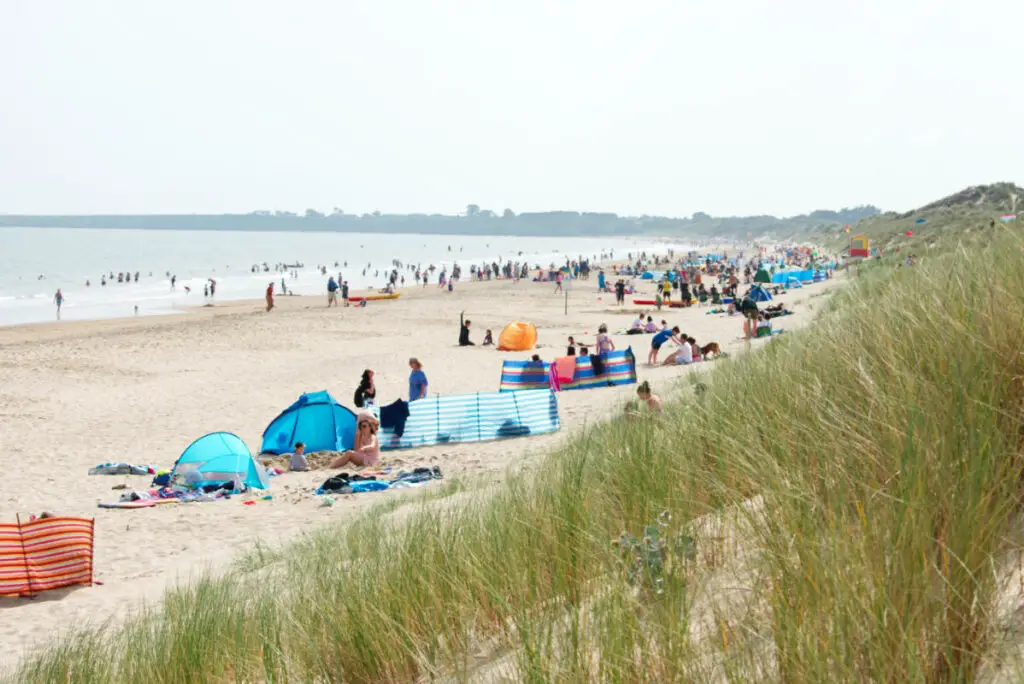
On a warm day, the Blue Flag beach is a real magnet for locals eager to make the most of the short Irish summer season. To make sure beach goers enjoy the experience, lifeguards are on duty and food trucks have hot and cold snacks at the ready in the car park nearby.
Sheltered from the wind behind the dunes, feet dug in the sand, you could be forgiven to think you are somewhere in Southern Europe. The invigorating water of the Irish Sea will soon remind you of where you are though, as you head into the sea to cool off. Be brave, and remember all the health benefits of cold water swimming!
Enjoy the Authenticity of Wexford Town
On the southeastern coast of Ireland, Wexford is one of Ireland’s oldest towns, steeped in history. Founded by the Vikings in the 9th century AD, Wexford was then taken over by the Anglo-Normans in the 12th century.
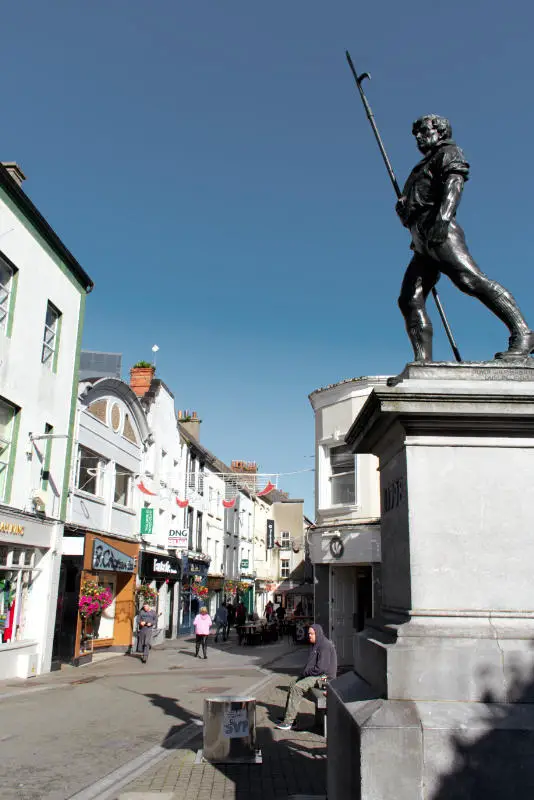
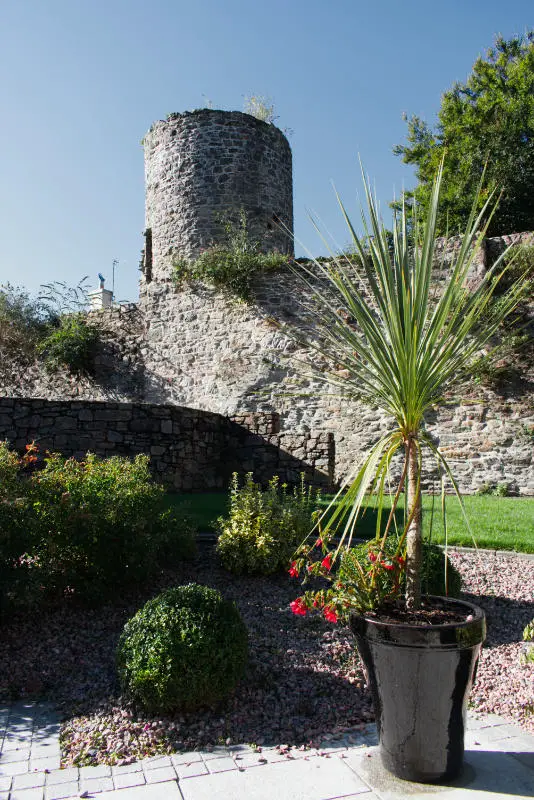
Although the Gothic arches of Selskar Abbey, destroyed by Cromwell in 1649, hint at the former grandeur of the place, Wexford town doesn’t have major tourist attractions to show off and seems to have been spared by mass tourism. No hop-on hop-off buses clogging the streets or a sea of selfie sticks to block the view, just friendly locals going about their daily life, greeting each other before exchanging the latest news.
Wexford’s reputation as Ireland’s “sunny southeast” lived up to its reputation as I walked along the town’s quay, the sun shining over the quiet sea. Its lively, narrow main street and alleys filled with independent shops, cafés and restaurants are a delight for those in search of authenticity and eager to experience a true Irish holiday away from the crowds.
Take on Birdwatching in Kilmore Quay, a Picturesque Village of Thatched Cottages
A 30-minute drive south of Wexford, the picturesque village of Kilmore Quay awaits. One can argue the village lies on the south coast of the country, but being so close to the southeastern-most tip of Ireland, why not include it in the list after all!
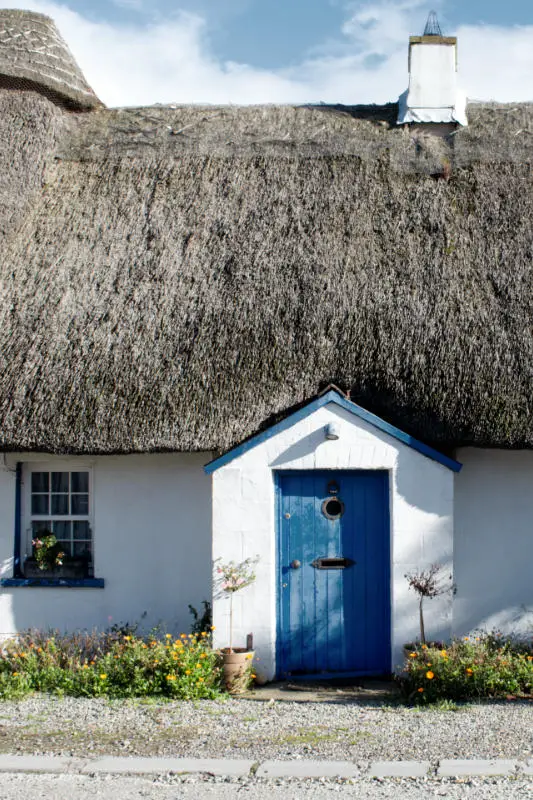
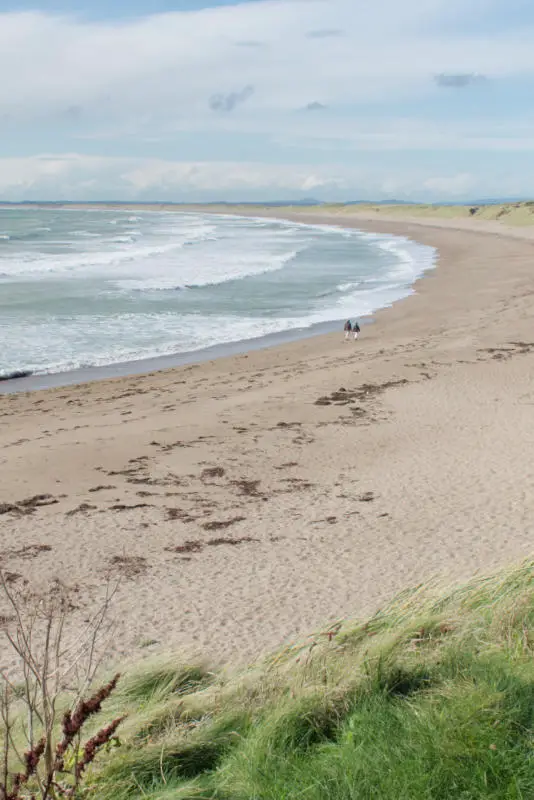
Kilmore Quay is a quaint fishing village which hides delightful whitewashed cottages crowned with thick, thatched roofs. You won’t be able to leave without taking a few dozen pictures of them first.
At the bottom of the village, a few boats moor at a small marina. From there, you can embark on a trip to the Saltee Islands, an important bird sanctuary just 5 km off the coast. If you prefer staying on firm land, you can take a walk across Ballyteigue Borrow, a sand dune system West of Kilmore Quay with plenty of birds to watch.
This list of things to do on the East coast of Ireland is of course not exhaustive, and it is a mere place to start your own research. I hope though that these recommendations will help you mastermind your very own visit to the East coast of Ireland. If you are planning to head all the way to Northern Ireland, you might want to check this guide on how to spend 48 hours in Belfast.
Disclaimer: This post may contain affiliate links. If you click on a link, I earn a little money at no extra cost to you.
RELATED POSTS

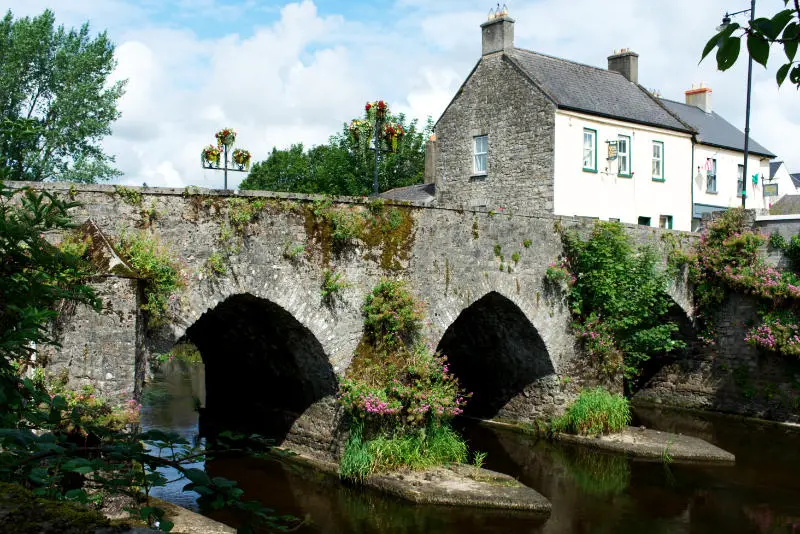
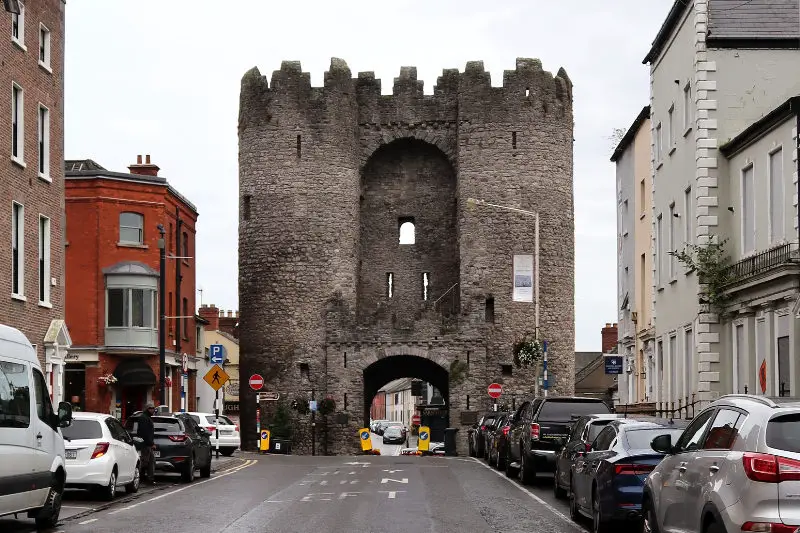
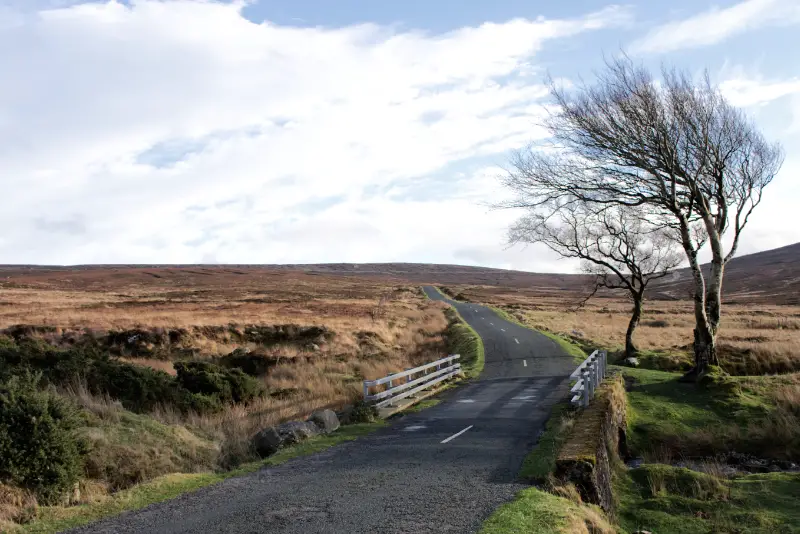
Leave a Reply